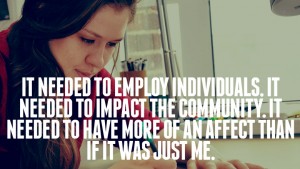This article discusses how some businesses are opting to forgo a traditional business plan and instead take their idea straight to the masses, adjusting their strategy or product based on feedback from users. The article highlights the pros and cons to such an approach, positing that it may work more successfully for tech start-ups than more traditional small businesses. This article reminded me of the discussion we had last week regarding the importance of focusing on what the customer actually wants and the need to incorporate that into your business plan.
http://www.nytimes.com/2014/12/04/business/smallbusiness/business-plans-for-start-ups.html?_r=0
